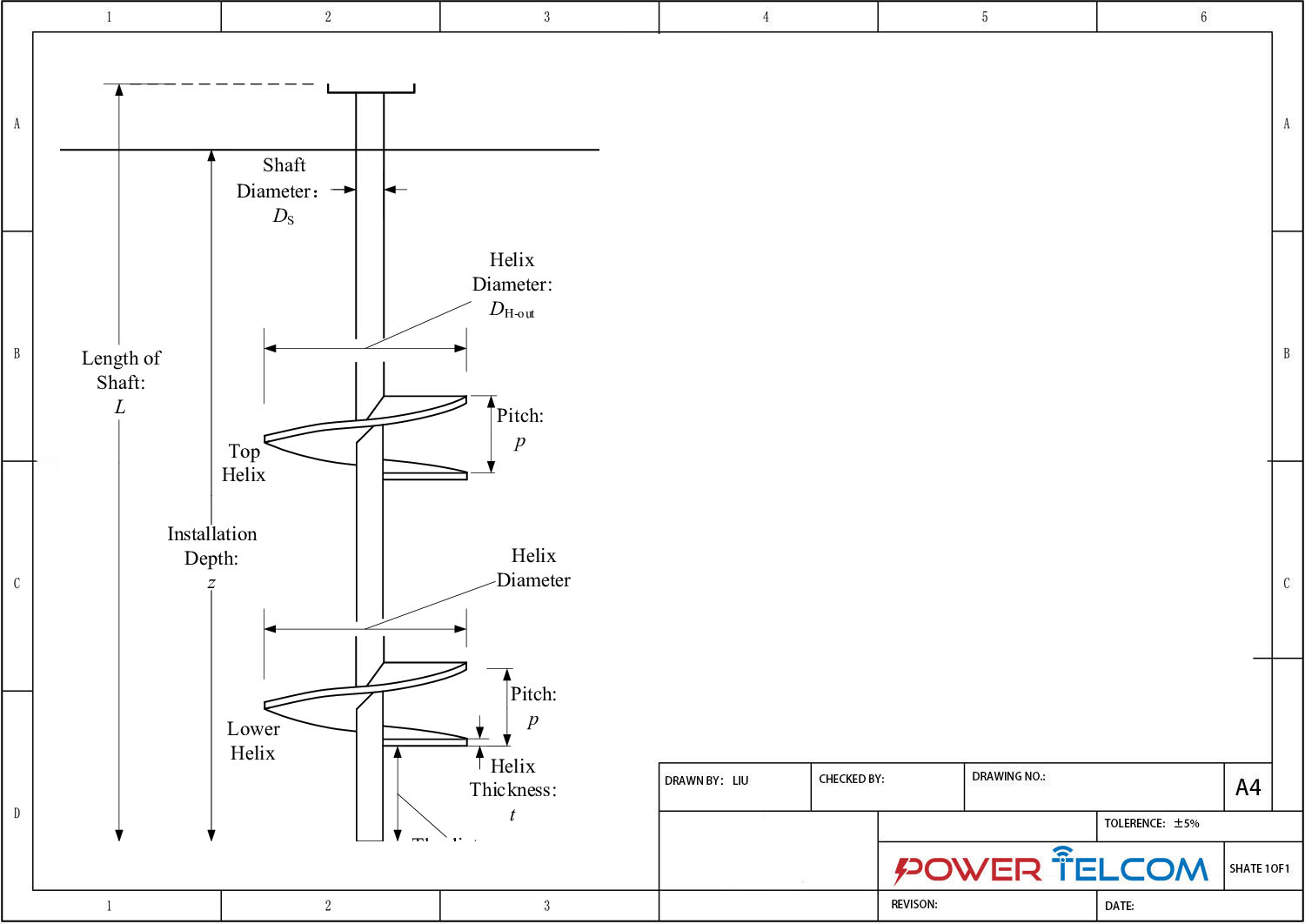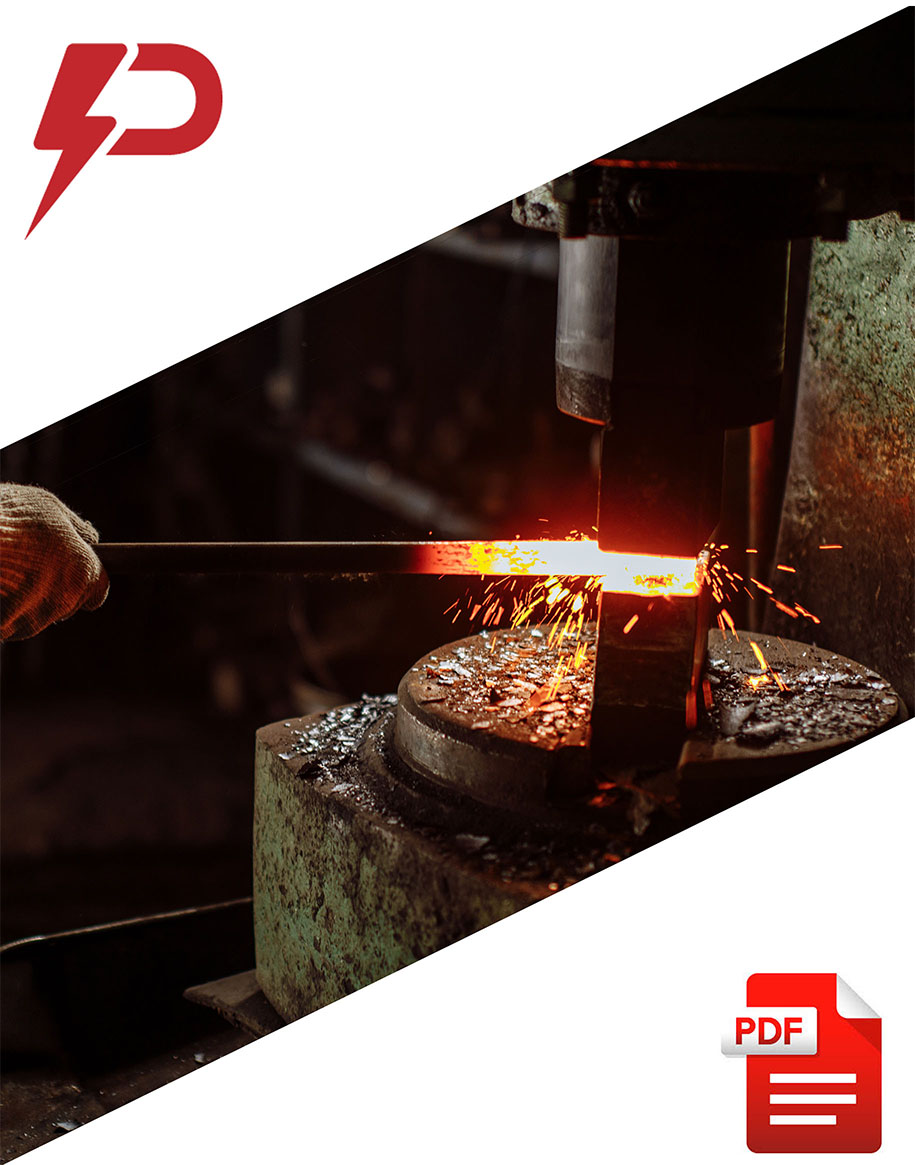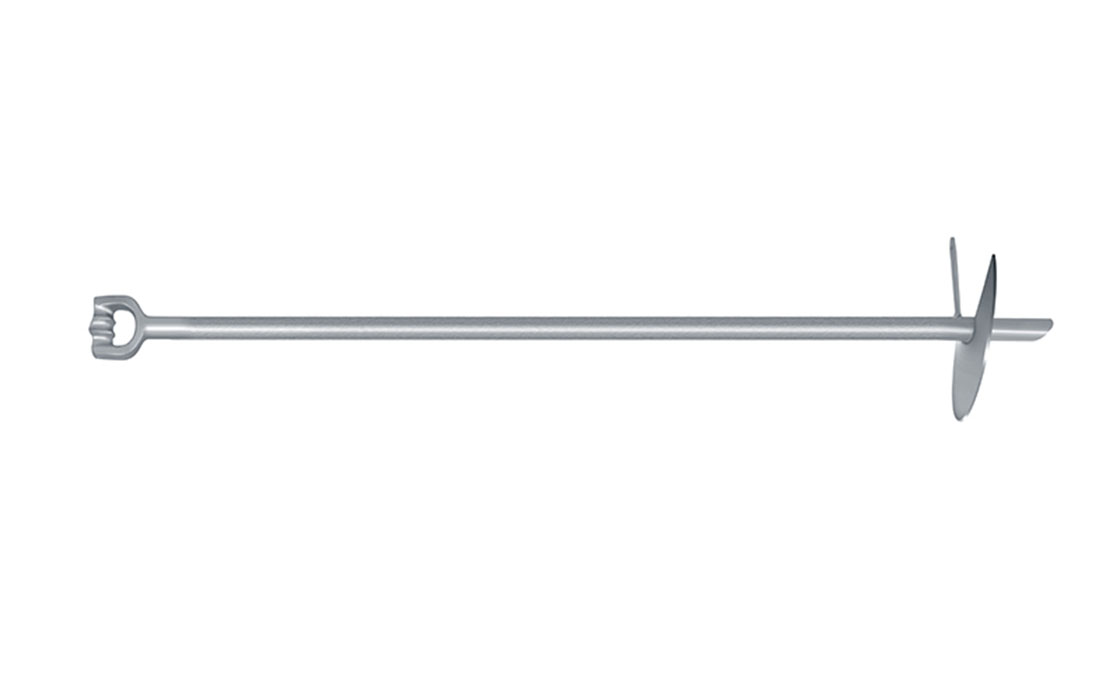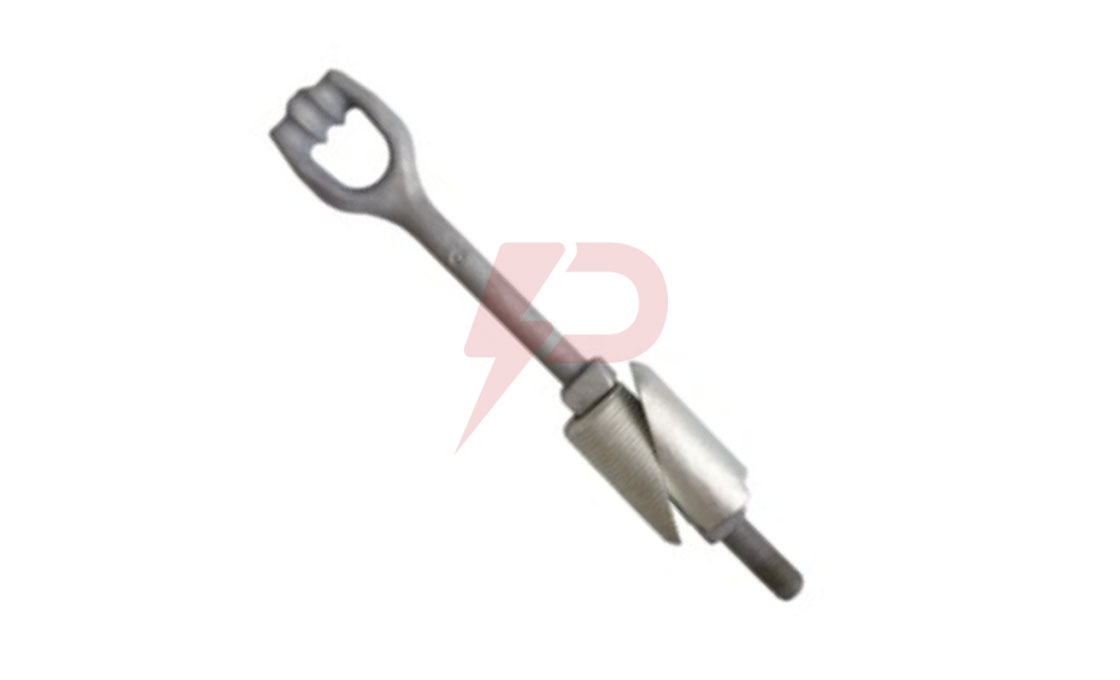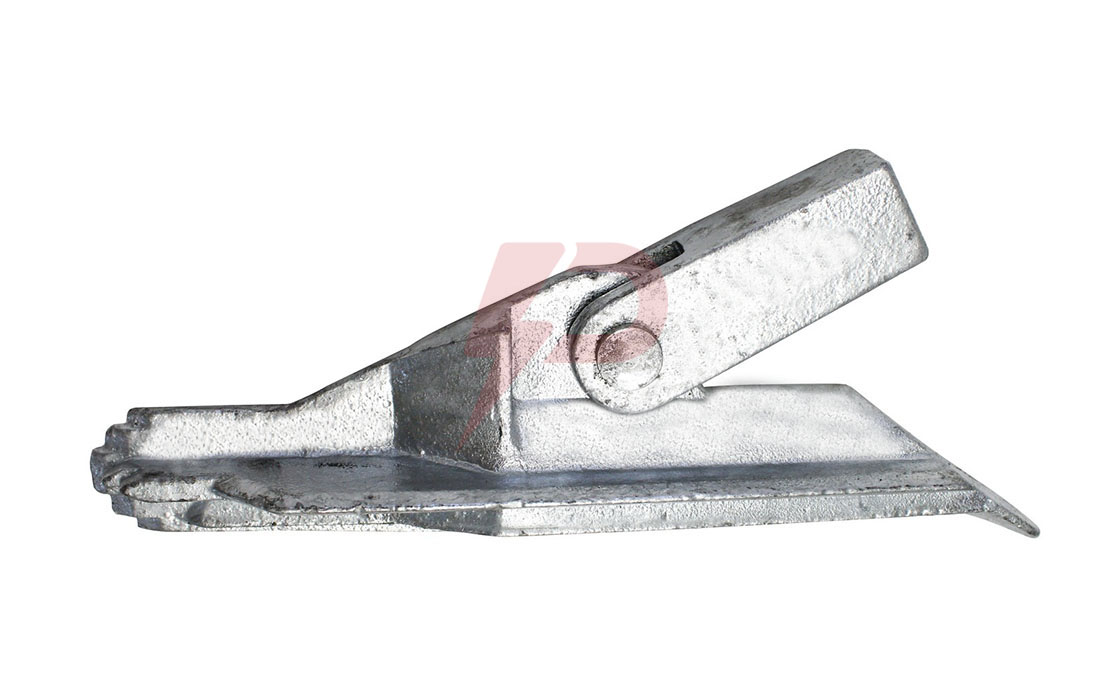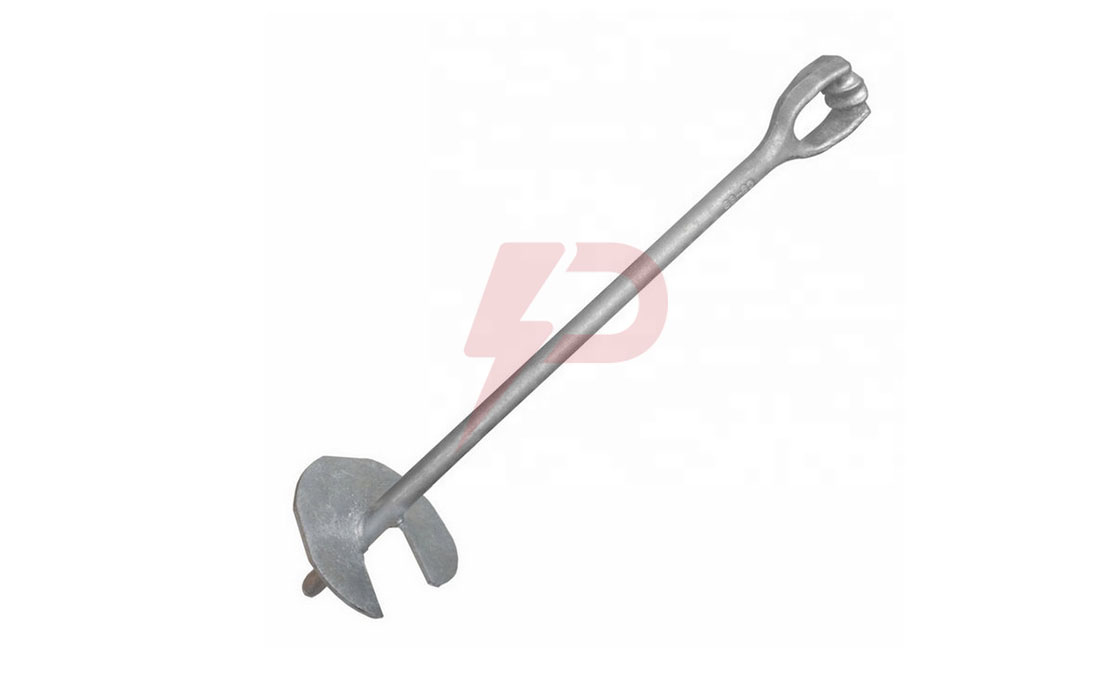Square Shaft Helical Anchor
A square shaft helical anchor is a square-shaped metallic bar that is used for anchoring and foundation. It has great axial strength and helices for supporting above-grade constructions. Three parts make up a square shaft helical anchor. These parts include a lead section with a coupling hole, helices, and a pilot point.
Helical anchors with a square-shaped bar have many applications. The most popular applications of these anchors include underpinning existing foundations, constructions, tie-downs, transmission towers, foundation repairs, guy anchors, and commercial projects. They can hold something in place or support a structure above ground.
Helical anchors with a square shaft work like a foundation. It can work as a single foundation for a sole above-grade structure or as a network of square shaft helical anchors to support a wider or heavier structure.
They work with square shaft helical anchor extensions. They are normally installed or pushed deep into the ground with the help of hydraulic rotary equipment.
Key Features
- Hot dipped galvanized
- Lead section has a coupling hole
- Can have one or more helices
- Has a strong pilot point
- Different sizes are available
- Quick and easy installation even in tougher conditions
- Immediate loading
Frequently Asked Questions (FAQs)
What is a Square Shaft Helical Anchor?
A square shaft helical anchor is a heavy-duty steel anchoring element that has a square-shaped bar. Additionally, two or three helical plates are welded to the shaft.
Important Applications of Square Shaft Helical Anchors
Tension applications are the key uses of square shaft helical anchors. They are a better option for these types of applications than round rod varieties because of superior torque capacity and tensile strength. Contractors prefer them for a wide variety of commercial projects, new construction, foundation repairs, and tie-downs.
Key Components of a Square Shaft Helical Anchor
A square shaft helical anchor consists of three key components. This includes an anchor lead, pilot point, and helices. Each part plays a crucial role in the functioning of the anchor once it is successfully installed and loaded with a structure.
An anchor lead is the most important part of them all. It is a square-shaped section that is pushed into the ground with rotary equipment. The upper part of the lead has a coupling hole for attaching an extension when one is needed. The lowest point of the lead has a sharp pilot point. The pilot point has a cross-sectional edge for piercing the ground at the start of the installation.
In between the lowest and highest points of the lead are helices. The helices are coiled-shaped plates welded on the shaft. A square shaft helical anchor can have one or more helices.
Series of Square Shaft Helical Anchors
Square shaft helical anchors are categorized according to diameter size, number of helices, and the length of the anchor lead.
The types are many in terms of diameter. This is so because the diameter sizes range from 1-1/2 to 2-1/4 inches. Small-diameter types are the most popular. However, large-diameter shafts are considered when an application requires an anchor with multiple helices, such as two or more.
The more helices a lead has, the longer it is in terms of length. Most square shaft helical anchors range in length from 15 to 84 inches. A 15-inch type is likely to have one helix while an 84-inch one would have three helices.





